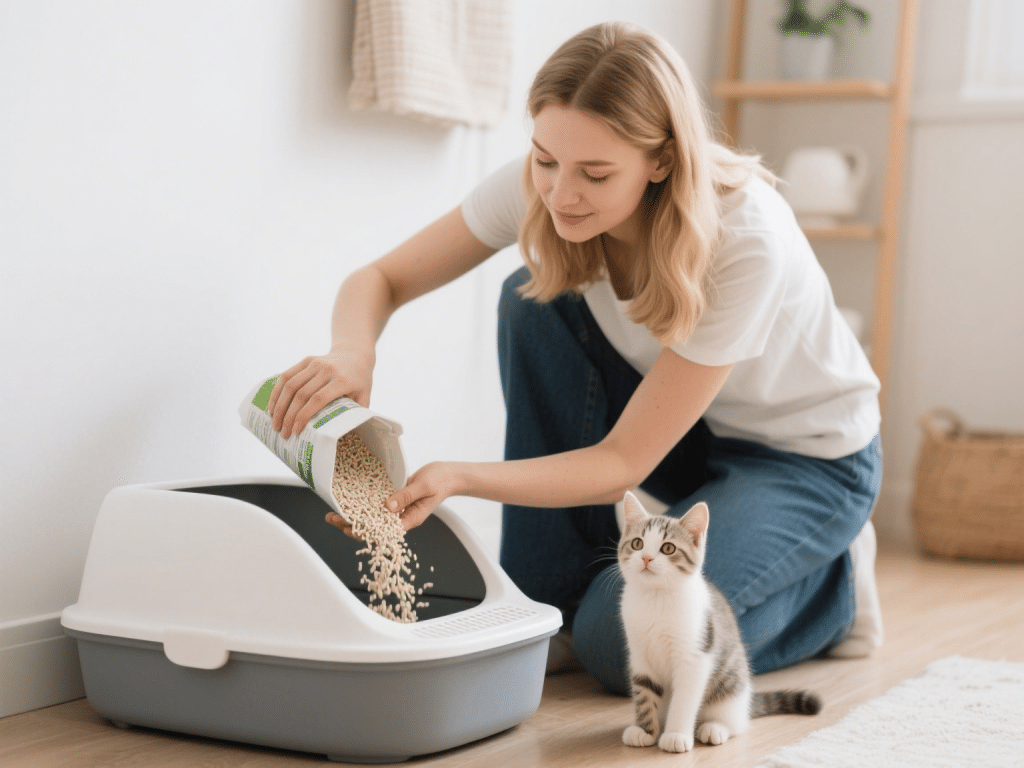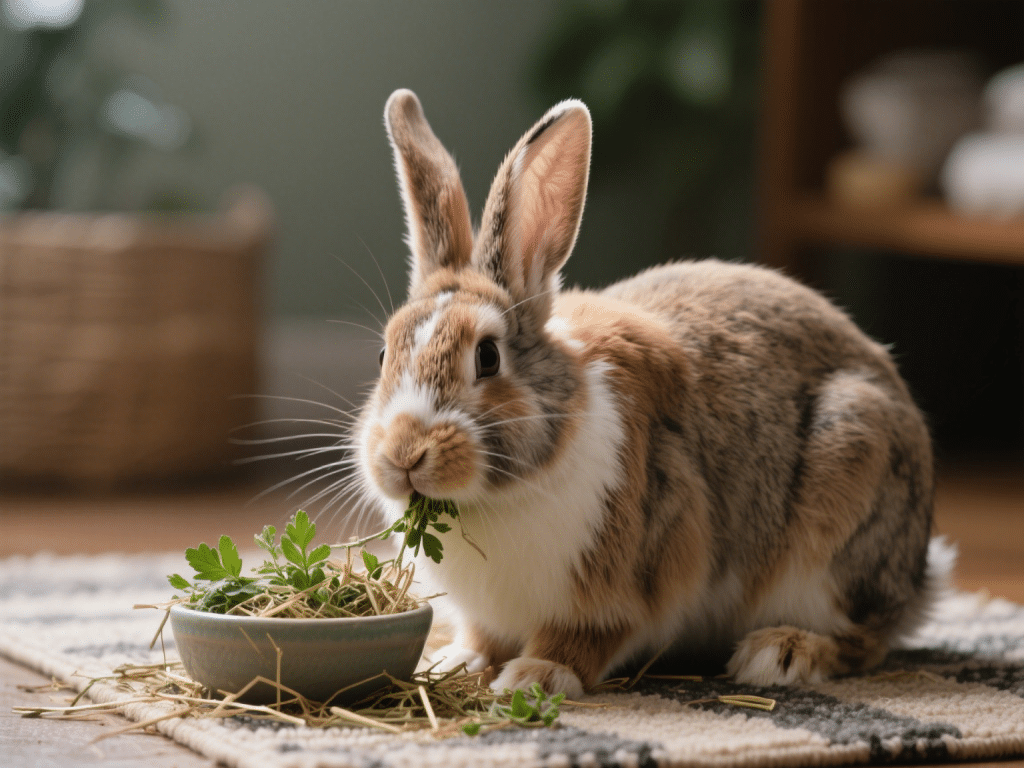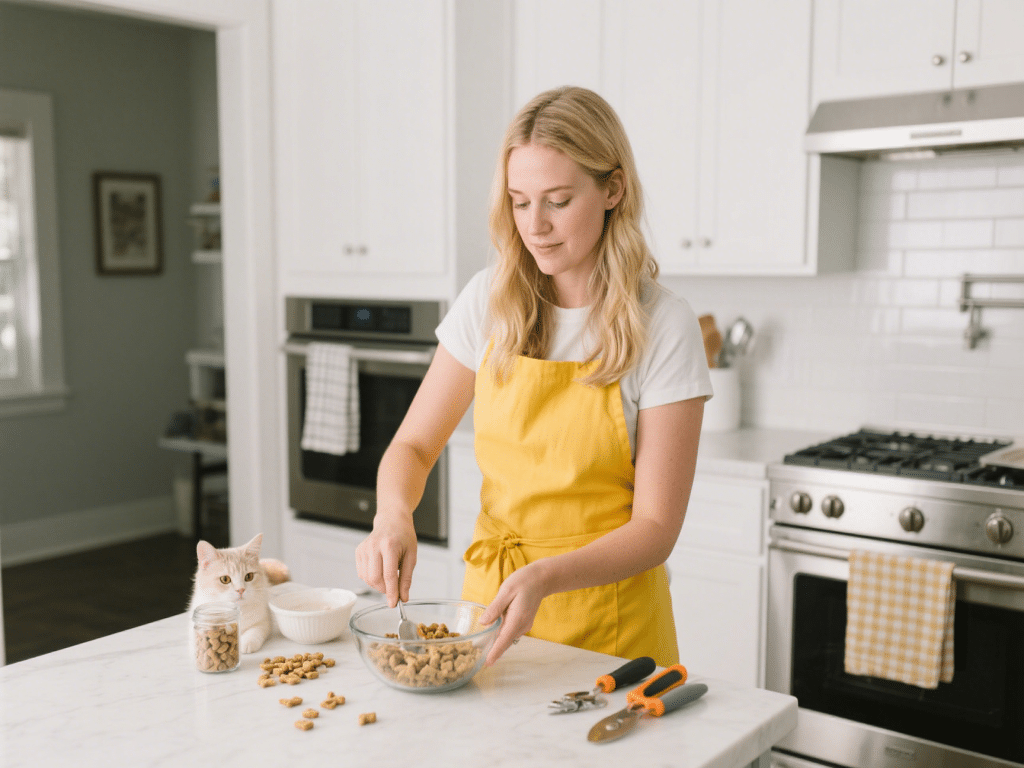Best Organic Cat Litter Options for Sensitive Paws
 Introduction
Introduction
Cats with sensitive paws or respiratory issues require gentle, low-dust litter options. Organic, biodegradable litters made from natural materials provide superior comfort, odor control, and environmental benefits. Below are top recommendations and transition tips for finicky felines.
1. Why Choose Organic Cat Litter?
Gentle on Paws: Soft granules prevent irritation, ideal for cats with tender paw pads or injuries.
Low Dust Levels: Reduces airborne particles, benefitting cats and owners with allergies or asthma.
Biodegradable & Sustainable: Made from renewable resources like wood, corn, or wheat, minimizing landfill waste.
Natural Odor Control: Fibrous materials and natural enzymes neutralize ammonia without chemical additives.
2. Top 3 Organic Cat Litter Brands
A. ökocat Natural Wood Clumping Cat Litter
Material: Kiln-dried North American wood fibers.
Benefits: 99% dust-free, strong clumping action, subtle wood scent that masks odors.
Texture: Soft, cushiony feel; easy on sensitive paws.
B. Feline Pine Original Cat Litter
Material: Pure pine pellets.
Benefits: Lightweight, highly absorbent, natural pine fragrance; biodegradable.
Considerations: Pellet form may require gradual introduction for cats used to fine granules.
C. World’s Best Cat Litter Multi-Cat Clumping Litter
Material: Whole-kernel corn.
Benefits: Clumps quickly, flushable, plant-based, virtually dust-free.
Scent Options: Unscented or lightly scented with natural fragrances.
3. Transitioning to Organic Litter
Gradual Mix: Start with a 25/75 ratio of organic to current litter; increase organic proportion weekly over 2–3 weeks.
Observe Behavior: Watch for signs of litter box avoidance (scratching, urinating outside); adjust ratio if needed.
Clean Environment: Scoop clumps daily and replace entire litter weekly to maintain cleanliness and scent control.
4. Additional Tips for Sensitive Cats
Litter Box Size: Provide a spacious box—at least 1.5 times the cat’s length—to prevent paw contact with dirty litter.
Litter Depth: Fill to 2–3 inches; too deep can be hard to dig, too shallow may not mask odors effectively.
Litter Mat: Place a low-profile litter mat to catch stray granules while protecting delicate paws from hard flooring.
Positioning: Keep the litter box in a quiet, low-traffic area to encourage consistent use.
Conclusion
Organic cat litters like ökocat, Feline Pine, and World’s Best Cat Litter provide gentle, hypoallergenic options for cats with sensitive paws and respiratory concerns. By transitioning gradually and maintaining clean, comfortable litter environments, you support your cat’s health, comfort, and well-being.






Comments on "Best Organic Cat Litter Options for Sensitive Paws" :